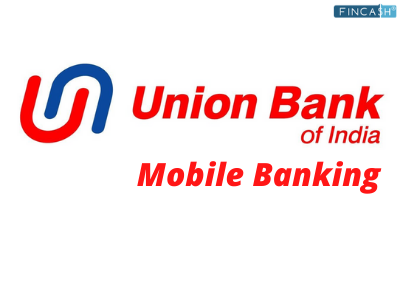Operational Risk in Banks
The risks and uncertainties a firm encounters when attempting to conduct its regular business operations in a particular field or Industry are considered operational risks. It is a form of business risk that flaws in internal policies can bring on practices and systems.

It is as opposed to issues brought on by outside influences, including political or economic events or problems inherent to the Market or a specific sector, known as systemic risk. Operational risk is another unsystematic risk particular to a given business or sector.
Operational Risk Management
Operational risk is more concerned with how tasks are completed within an organisation than with an industry's products or inherent risks. These risks are frequently connected to active choices made about the priorities and operations of the company. Although a failure, decreased productivity, or higher total costs are not specific outcomes of the risks, they are viewed as higher or lower depending on various internal management decisions.
Operational risk, or the chance that corporate operations may Fail due to human error, can be summed up as a human risk because it represents artificial procedures and thought processes. It varies from industry to industry and should be considered when comprehending potential investment choices. Operations risk is probably lower in sectors with less involvement with people.
Benefits of Operational Risk
To achieve an organisation's strategic goals and ensure company continuity in the case of operational disruptions, operational risk management programmes need to be established. Strong ORM also shows customers that the business is ready for loss and crises. Vital ORM programmes can give organisations better competitive advantages, including the following:
- More visibility for the C-Suite
- Better risk-taking in business
- Enhanced product functionality and increased brand recognition
- Improved connections with stakeholders and customers
- Increased investor assurance
- Better reporting on performance
- More long-term financial forecasts
Talk to our investment specialist
Operation Risk Framework Development
A few areas that the risk management team should concentrate on as organisations start the process of developing an operational risk framework and programme include:
- Fostering awareness of the program's importance and purpose throughout the whole organisation
- Putting into practice an automated system for monitoring and gathering risk data
- Establishing a system that is efficient for evaluating and identifying the organisation's key risks, as well as a means of continually recognising and updating those risks and the accompanying controls
- With a focus on assisting the organisation in reducing material risk exposures, efforts that have the potential to benefit the business should be supported
- To better integrate best practices within the enterprise, emphasise partnering ORM with other functions
Operational Risk Assessment
Application of the notion of Elasticity can be used to measure operating risk. Indicators like the Degree of Operating Leverage (DOL), a particularly well-liked indication of operational risk, can be used more explicitly. The level of operating leverage assesses how sensitive operating Income is to changes in the number of units sold. It is calculated by dividing the percentage change in operating income by the percentage change in units sold.
DOL = Percentage change in operating income / Percentage change in units sold
For instance, if you determined that Company A's degree of operating leverage was 3, it indicates that for every 1% increase in units sold, the company would have a 3% rise in operating income.
Operational Risk Example
The upkeep of essential systems and apparatus is one area that could contain operational risk. This risk changes depending on which method is left in neglect if two maintenance actions are necessary. Still, it is determined that only one can be completed at the moment. The consequences of a system failure are directly related to operational risk.
Other situations that fall under the operational risk category frequently involve the company's human element. Because of its lower pay costs or for any other reason, a sales-oriented company can decide to keep a mediocre sales force, which is regarded as taking an operational risk. The same is true when staff is not kept up to date to reduce dangers. An example of operational risk in a Manufacturing company would be deciding not to have a qualified mechanic on staff and relying on outside contractors. This affects a system's efficient operation and causes significant delays.
Operational risk can also be considered when staff knowingly participate in fraud. The risk here is the potential for consequences if the action is discovered, and it is regarded as a risk related to how the firm runs since people actively choose to commit fraud.
Conclusion
In every process or transaction, there is a chance for operational risk. Even with all control checks in place, there is still a chance for these mistakes at different levels. The best course of action is to finish any product processing with a thorough quality inspection process. Before the product is provided to clients or end users, departments should incorporate this quality check process. This assessment oversees the complete product processing. After all is done, it becomes the organisation's Obligation to offer a quality product under the standards and the agreement they have with the client. The client company believes that the promised delivery is the only thing that matters.
All efforts have been made to ensure the information provided here is accurate. However, no guarantees are made regarding correctness of data. Please verify with scheme information document before making any investment.












